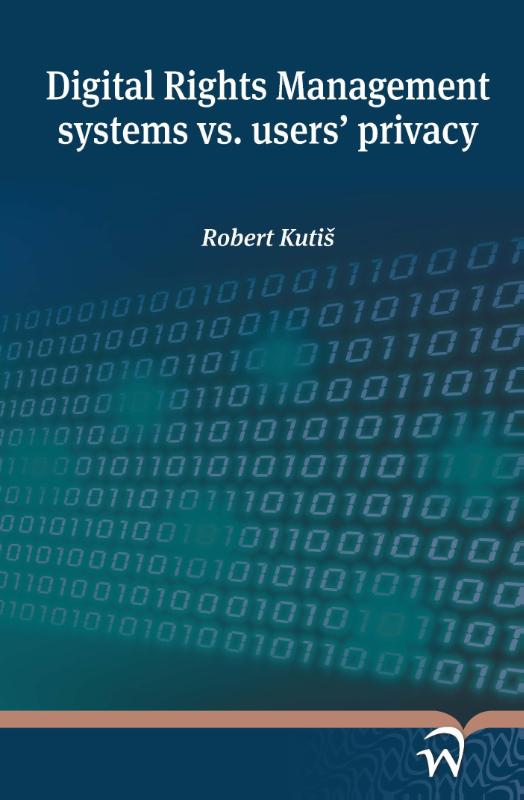At the time of their introduction, Digital Rights Management systems were often triumphantly presented as the decisive technological response to digital piracy. However, shortly after their introduction it became clear that this technological protection presents a rather small, but costly speed bump on the digital highway leading to the protected content, and not a panacea for this undesirable phenomenon. As a result, Digital Rights Management systems have undergone crucial transformation. With their further development, the Digital Rights Management systems ceased to focus solely on combating piracy and started to collect vast amounts of information about the users and content usage for various purposes. This book describes the crucial stages of this process, evaluates the extent of the threat to the privacy of users' using protected content and assesses both - legality and legitimacy of the current use of Digital Rights Management systems. Although this book emphasizes privacy and data protection legislation in the European Union and Digital Rights Management systems usage interrelation, it also offers non-legal insight by adding social and economical views on the development in the field.
